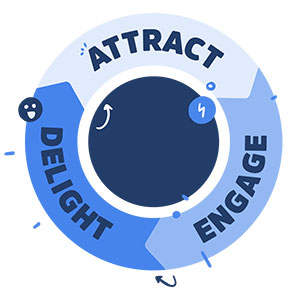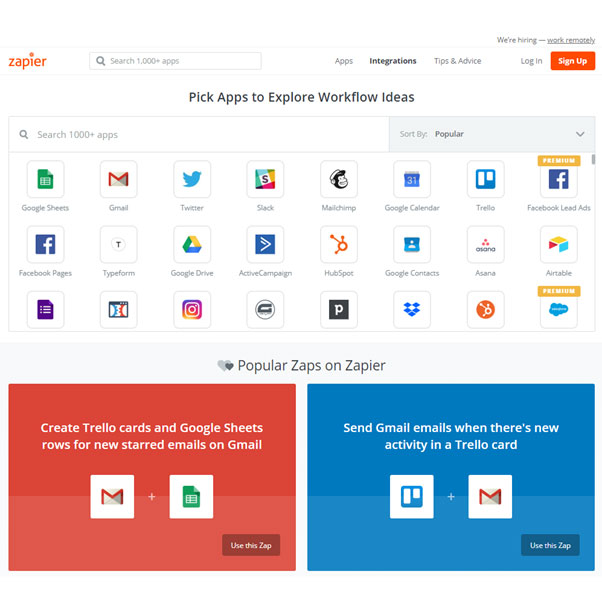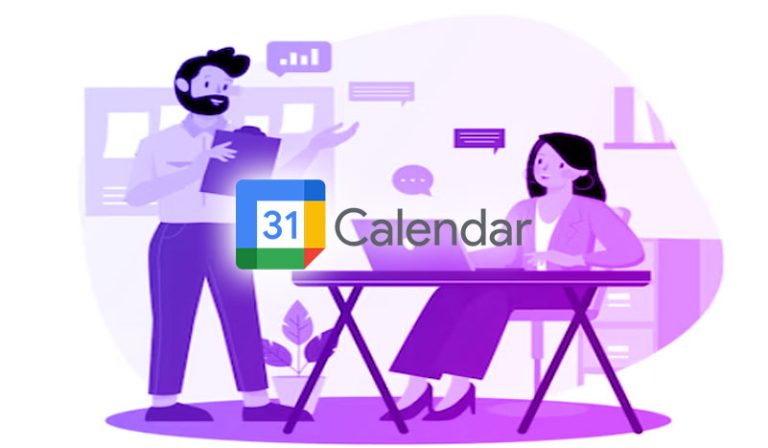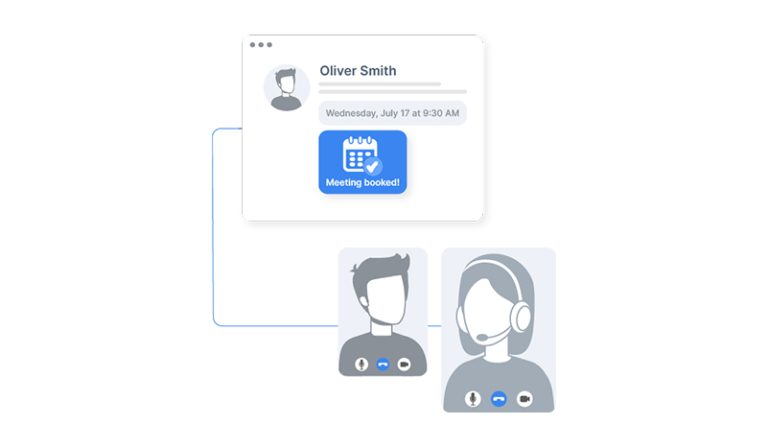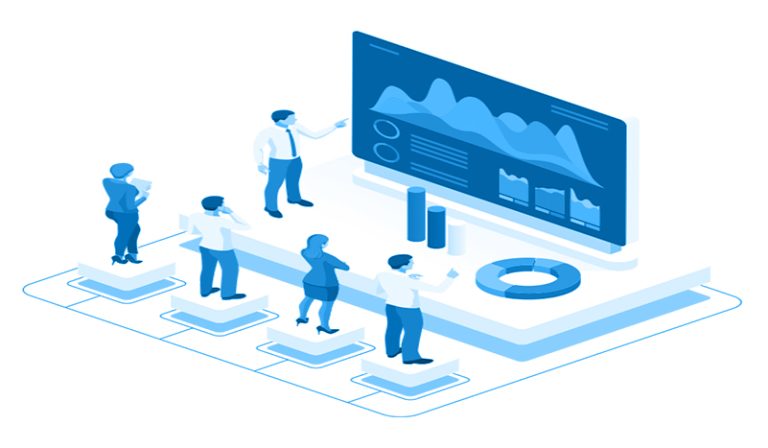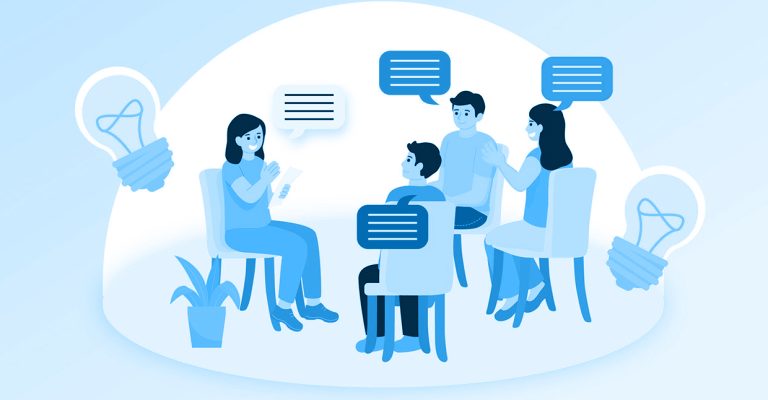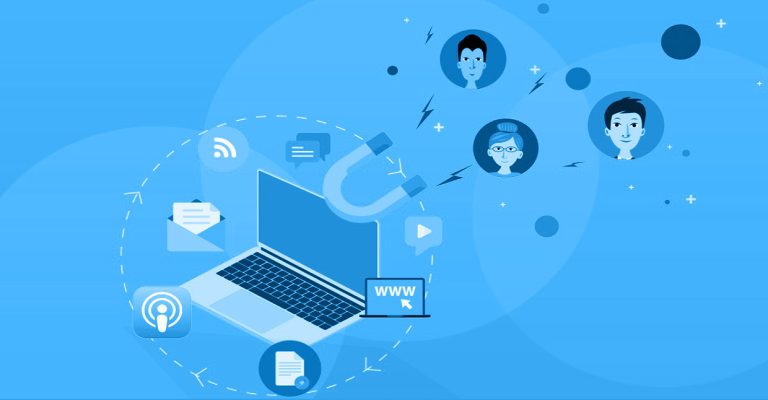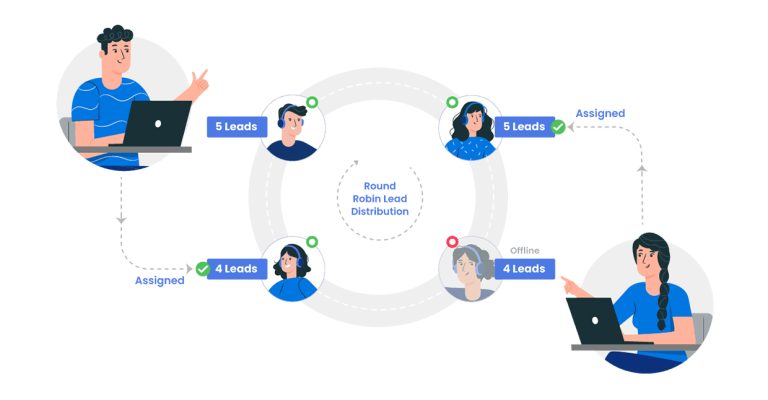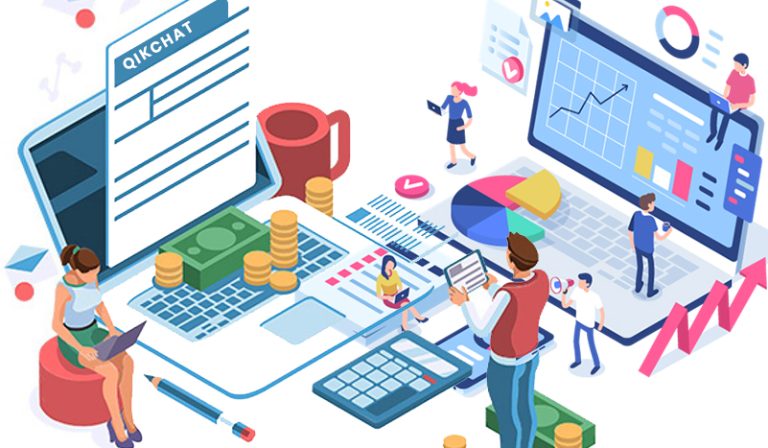Why I think inbound marketing beats outbound hands down – and how you can make it work for you.
Let’s say you’re sitting watching sport on TV. You’ll probably see some adverts running during the breaks. Maybe once in a while, you might buy something off the back of it. That’s an example of outbound marketing – and it can be a quick way to generate some leads.
But it’s a pretty pricey way to reach your target audience – and people quickly get fed up of it. You’re there to watch the game and, if the same advert’s constantly interrupting that, it’s intrusive.
The flipside of this is inbound marketing.
It’s not the quickest or easiest way to attract customers – but when was anything good ever easy?
Yeah, it takes a heap of time and thought to develop decent content for digital inbound marketing. But it’s also far better for lead generation – you’re much more likely to reach your target audience and generate consistent, good long-term leads.
What is inbound lead generation marketing?
It’s a way to use quality content to pull people towards you when they might be keen, instead of pushing yourself onto them. It basically helps potential customers find your business.
We’re all constantly looking for answers online. Your potential customers are out there, researching your industry, checking out the competition, and deciding whether they need what you’re selling.
So, the goal is to create content that covers all these scenarios – at all stages of the buying process – to capture interested customers.
It might happen before they’re ready to buy. But this early contact can mean they already like your brand, so ultimately they turn into leads – and then revenue.
Publishing content that aligns with your customers’ interests and needs will naturally attract inbound traffic that you can engage, nurture, close and delight. Lead management methods – which I’ll talk about in a bit – will help you gather information on each lead so you can give them customised content.
Inbound marketing 2021 strategies are all about bringing qualified prospects to you and then converting them into leads. You might have heard it called permission marketing – as the leads permit you to market to them.
Why is inbound marketing so great?
There’s a ton of reasons you should think about using inbound marketing:
- It doesn’t interrupt or bother the potential customer – they can check it out whenever they want.
- The content will be useful or educational as you’ll have tailored it to hit up the right customer at the right time.
- If it’s digital, it’s quantifiable – which means you can measure the results of your digital inbound marketing.
- If you keep updating your company’s website content, after a while you’ll pull in qualified inbound leads.
So, as you can see, it’s great for inbound lead generation and lead management.
What are inbound leads?
Bingo. You’ve got some interest. An inbound lead is a potential customer who has filled in a form from any digital channel – like your website, social media ads, Google ads or standalone landing pages.
Often, inbound leads give their contact info, ask you for more details or respond to a special offer. Like a visitor to your website might sign up for a newsletter or fill out a form to download a free eBook.
Inbound leads come in various flavours, but most fall into four categories.
Marketing qualified leads
The people who interacted positively with your brand, like I mentioned above. They’re also known as warm leads – they’re not yet ready to buy, but you can nurture them to become sales-qualified leads.
Sales qualified leads
People who’ve shown an interest in buying from you – hot leads. They might have asked to speak to you to help them get buying.
Product qualified leads
These are the leads who have tried or tested your product and seems like they could become a paying customer. Maybe you offer a free trial of your product or service, and they used it. Now, you can pull them in to actually buy it.
Sales opportunity leads
These are the leads who are ready to buy within 30 or 60 days. You’ll need to make sure there’s someone around to follow up and speak to them about whatever they need.
Tell me about inbound lead generation
So, inbound marketing for lead generation is all about drawing people to your website and then converting them into leads. As I said earlier, you do this by publishing content that appeals to potential customers – and then getting it to them.
They might find it through search engines or social media – you need to work out where they might be, and then make sure you’re there.
The content needs to lead the prospect into taking action, starting a two-way relationship that eventually results in a sale. It’s got to be valuable for them, and be the right content at the right time in the buying journey.
It’s not one-size-fits all. There are loads of different inbound lead generation strategies and tactics. A B2B inbound marketing strategy for lead generation is likely to be different from a B2C.
How does the inbound marketing lead generation process work?
The most important part of your inbound lead generation strategy is breaking down each touchpoint that the lead will go through at every stage of the sales cycle. People often make the mistake of only looking at the journey their inbound marketing leads will take after they engage in an action online, the first point that the lead interacts with your business should always be included. This will test, validate and widen the inbound lead generation channels that you can derive success from.
I think of inbound marketing for lead generation as being like a journey that potential customers take to actually turn them into customers. You need to help them every step of the way:
Step one: attract
First, you need to draw people to your website. How? By creating content that helps solve their problems and answer their questions.
This could be anything from a blog post, infographic, guide, video or whitepaper. But there’s no point in just writing it and publishing it. Next you need to get the content in front of them.
There are lots of ways of doing this – like posting on social media, search engine optimisation, email direct marketing campaigns, social media ads, or Google ads.
Step two: convert
So you’ve got a prospect. Now you need to convert them into a lead.
And to do this you first need to get some info from them – maybe their name, email address, phone number, title, etc. It depends on what your sales team needs to engage with them.
You can use lead capture tools like forms, email pop-ups, landing pages and more to get this information.
But it’s not as easy as simply asking them to hand over their details. They want something in return.
So you need to offer them something good – this normally comes in the form of a piece of content. You could ask them to download a white paper, sign up to a newsletter or speak to someone for a demonstration.
Once you’ve done this, they’re marketing qualified leads, and you can pass their details to a sales rep to work on closing the deal.
Side note; your half way through your inbound lead generation strategy, not long to go now!
Step three: close
Now you need to close the deal.
It’s up to the sales rep to engage with the leads to help them move through your sales process. Some of these leads might be disqualified after an intro call – but others will be real opportunities that can turn into deals.
It’s vital that you manage this step flawlessly so you don’t lose these golden opportunities you’ve worked hard for. There are tools to get leads to the right people, fast.
Take QikChat.
QikChat solves this problem by enabling revenue-focused teams (or people) to assign, schedule and speak to their enquiries from their main digital channels – instantly. It both automates the assigning of leads and allows leads to easily schedule meetings with the right team member.
As the lead comes in through the digital channel of choice, the assigned team member’s calendar is immediately shared with the lead.
This allows leads to book time in the right team member’s calendar with just one click, as the calendar is embedded in the team member’s email.
So it’s already set up, with no need to set up any type of automation with a seperate scheduling link that has to be re-filled out by the lead.
Hassle-free, speedy, smooth. Turning leads into customers.
Next, it’s over to the customer success team…
Step four: delight
The fourth and last step in inbound marketing lead management and generation is to delight your customers. In marketing-speak, delighting your customers means they become loyal customers or fans.
Some leads just become customers – and that’s ok. But you can encourage some to become promoters – who’ll sing your praises from the rooftop and encourage others to buy.
They’re the best type of customer, but they’ve got to be super-happy to get to the point where they actively want to recommend you to others for free. Sometimes the product or service is enough to do this. But often you’ll need to put in a bit more effort. Like consistently producing smart content that your existing customers need and love.
If you carry on solving problems for your customers, you’ll eventually delight them. You can also engage with them through social monitoring and surveys.
It might seem like a lot of work, but it’ll be a win-win. Keep nurturing customers into promoters, and you’ll benefit from free promotion and more potential customers.
So, I’ve talked about inbound marketing strategies, inbound marketing for lead generation, the process for inbound lead generation, and why you should do it. Now let’s take a look at the best inbound lead generation strategy.
Best inbound marketing 2022 strategies to generate and manage leads
Content marketing
This is one of the kings of a successful lead generation strategy. You’ll struggle to keep or convert leads without fresh, helpful and relevant content.
Get it right, with high-quality blog posts, case studies, guides, videos, infographics and reports, and you’ll attract a steady stream of quality visitors to your website.
You might need to appeal to your leads through lots of different content types. Just make sure it guides your leads through each stage of the sales process.
Remember, there’s tons of content out there, so yours needs to stand out from the crowd – and have genuine value for your audience. It helps position your brand as a thought leader in your field, as well. Always a winner.
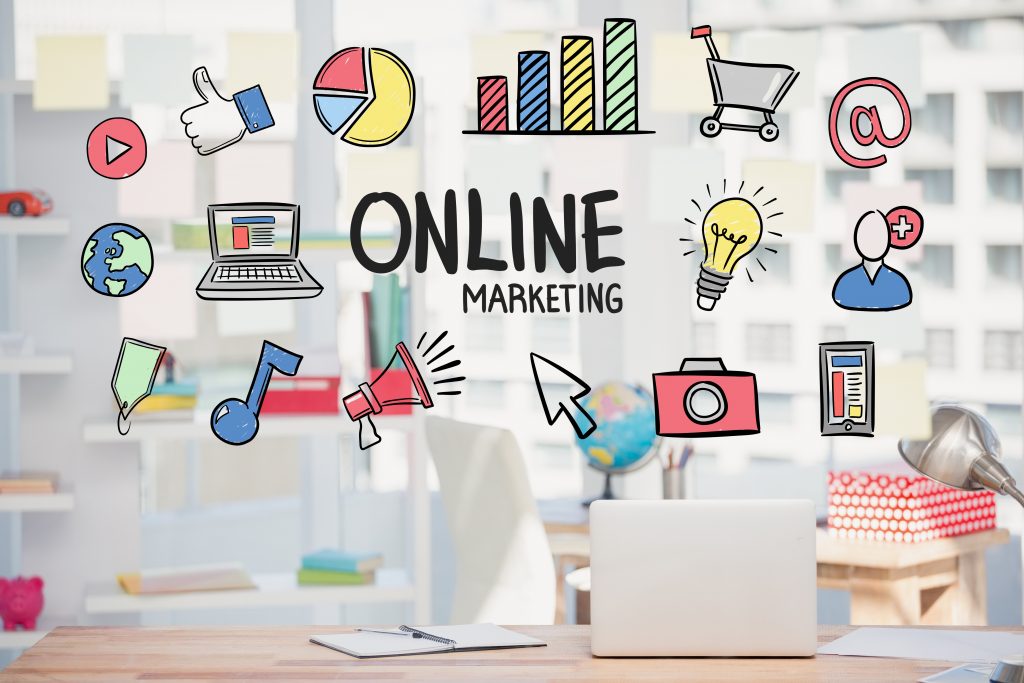
Search engine optimisation (SEO)
There’s no other channel that will fit into in your inbound lead generation strategy like SEO, why? Because it creates the pathway of bringing your target audience to your businesses website, it’s the holy grail of b2b inbound lead generation.
SEO top tips:
- Your content should address the search intent of your audience (that just means answer their questions).
- There are four different types of search intent; Informational, Navigational, Commercial and transactional. Make you know which category the content your creating falls into, to help shape great results.
- Use target keywords strategically, in the title, headers, body text, URL’s, descriptions, etc.
- Link relevant content on your website internally.
- Link your content externally from authoritative websites.
- Offer a great user experience for readers on your page.
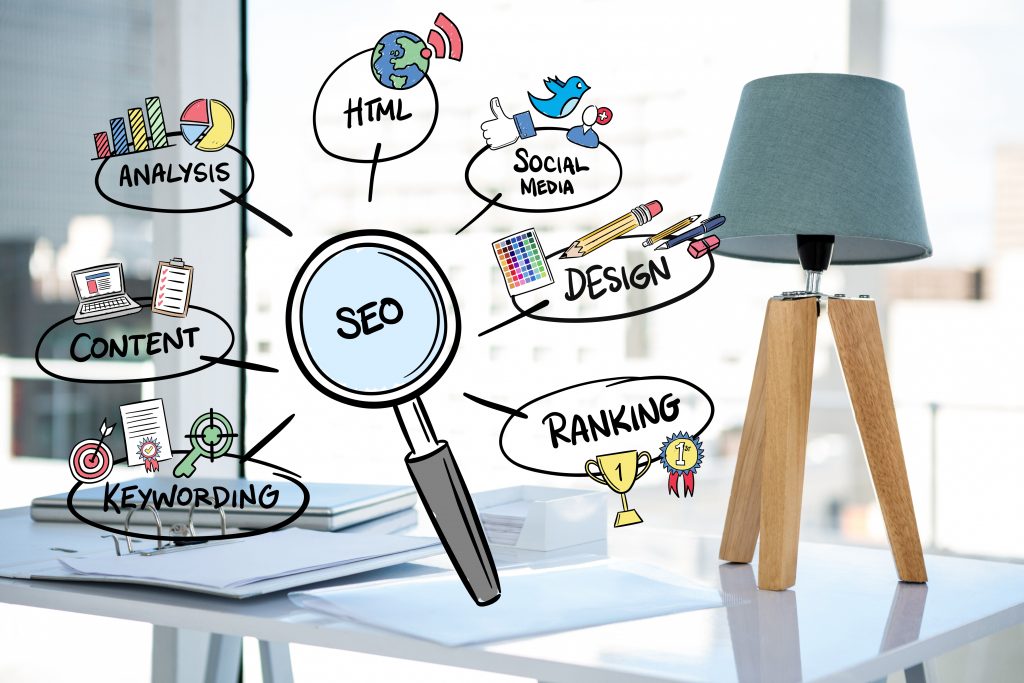
Social media marketing
This is one of the best channels for reaching new or returning customers. Most people are somewhere to be found on social media these days.
Don’t make the mistake of trying to be on all the social channels – you’ll be wasting your time. Instead, analyse your target market, pick the channel where your ideal customers spend the most time – and then focus your inbound lead generation efforts there.
Social media is a great way to interact with and reach your customers. People are there. They’re engaged and looking for content that educates, amuses or interests them. Customise your content to the platform and the audience, giving them a reason to take action.
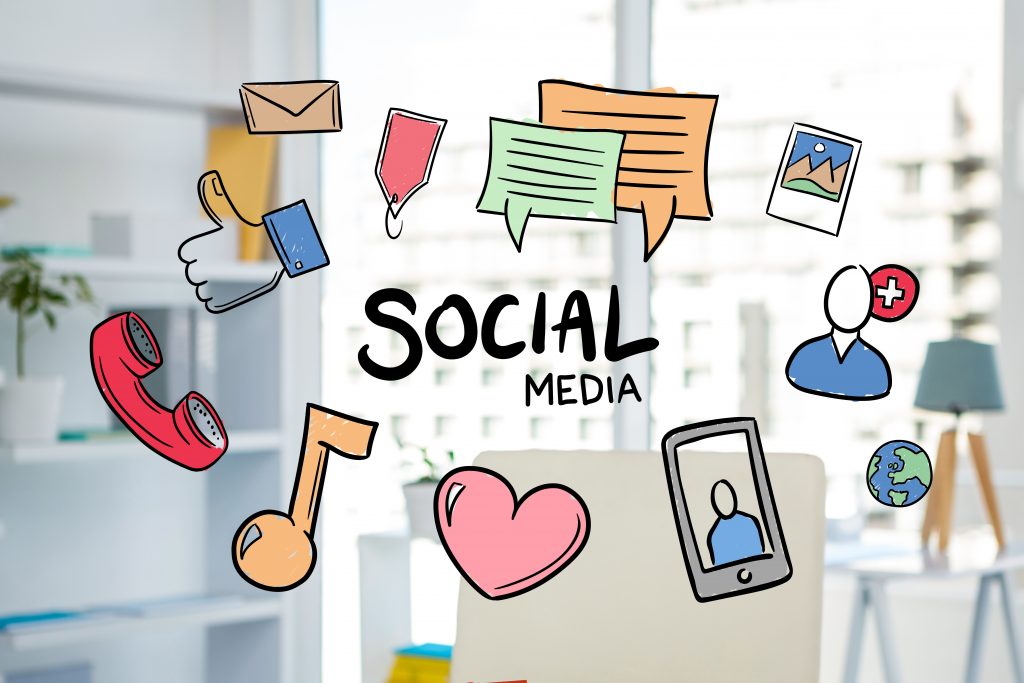
Pay-per-click (PPC)
PPC or paid advertising targets people who are actively searching for solutions that your brand can provide. Basically, If you’re looking for speed, there is no channel faster to execute your inbound lead generation strategy than PPC. You pay digital channels for top placements in search results by using specific keywords and messaging to attract your audience to click on your ad.
These keywords you bid on match the intent of the person typing in the search query in Google, as the person scrolls through the search results, they come across your businesses SERP (Search Engine Results Page), then decide whether they click on the title link of the search result.
Bringing, the ideal person directly to your website, without any internal outbound activity required. This inbound lead generation channel is usually the first businesses engage in, as it usually is the fastest to see traction, but the catch is, its usually the most expensive.
It’s an effective and quick way to get in front of a specific audience with instant results.
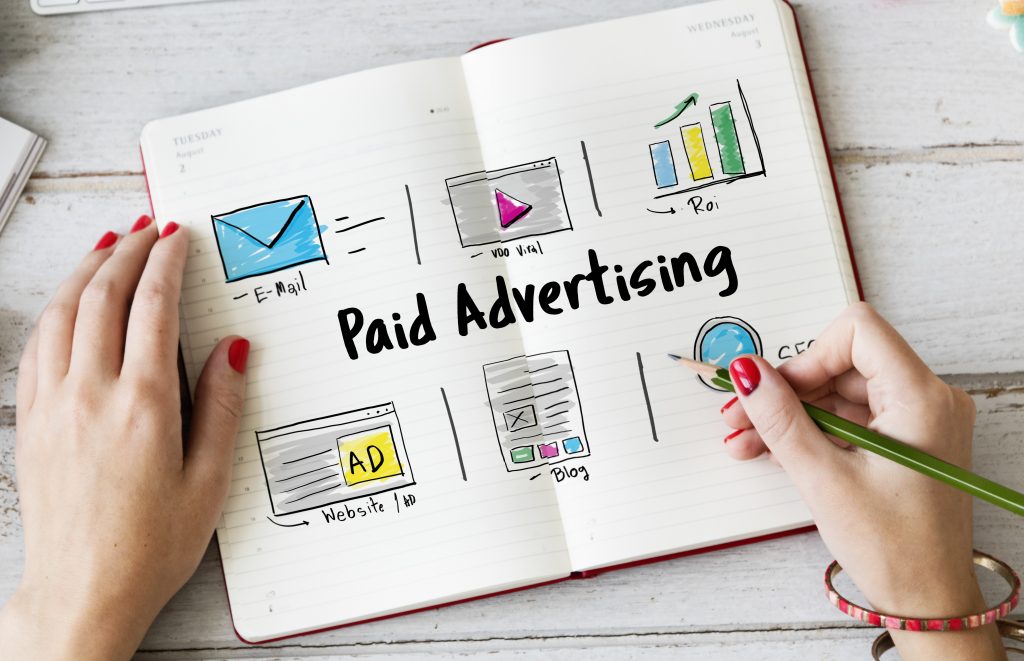
Email marketing
There’s nothing new about email marketing. But there’s no point just banging out emails.
You’ve got to be thoughtful and strategic about it. Design proper campaigns – and only to those who opted in. Emailing campaigns can be arduous, quite saturated and people can unsubscribe quickly.
Things to keep in mind:
- Careful use of data and analytics will help you develop campaigns that target the right prospects with the right message, at the right time.
- Don’t forget a call to action – these can help you gain more clicks to your website and help you gather new leads to nurture.
- Carry out ongoing A/B testing on your emails to measure which layout or text performs best. (This just means comparing different versions so you know what’s working and what isn’t.)
- You can also segment leads into categories, create custom email sequences and then set up automated campaigns that send messages at pre-set intervals.
Used well, email marketing can be a powerful tool for staying in touch with your prospects and converting them into customers.

Are you ready to give inbound marketing a go?
The shift away from traditional outbound methods is marching on. The focus is quickly moving towards an inbound lead generation strategy to consistently attract B2B leads and provide the most brand value. They’re also evergreen – which means they just keep on creating leads for months to come, without you needing to do any more work on them.
That’s definitely something I’m on board with.
Probably one of the most important things about this whole process is making sure you grab your leads while they’re still hot. There’s no point spending time, effort and money on creating amazing content and then falling down when the leads come rolling in.
That’s where smart tools like QikChat come in. Never lose a lead again!
If you feel you need a bit more help, you can hire an inbound marketing company.
Good luck with your inbound lead generation strategy and your lead management processes!

